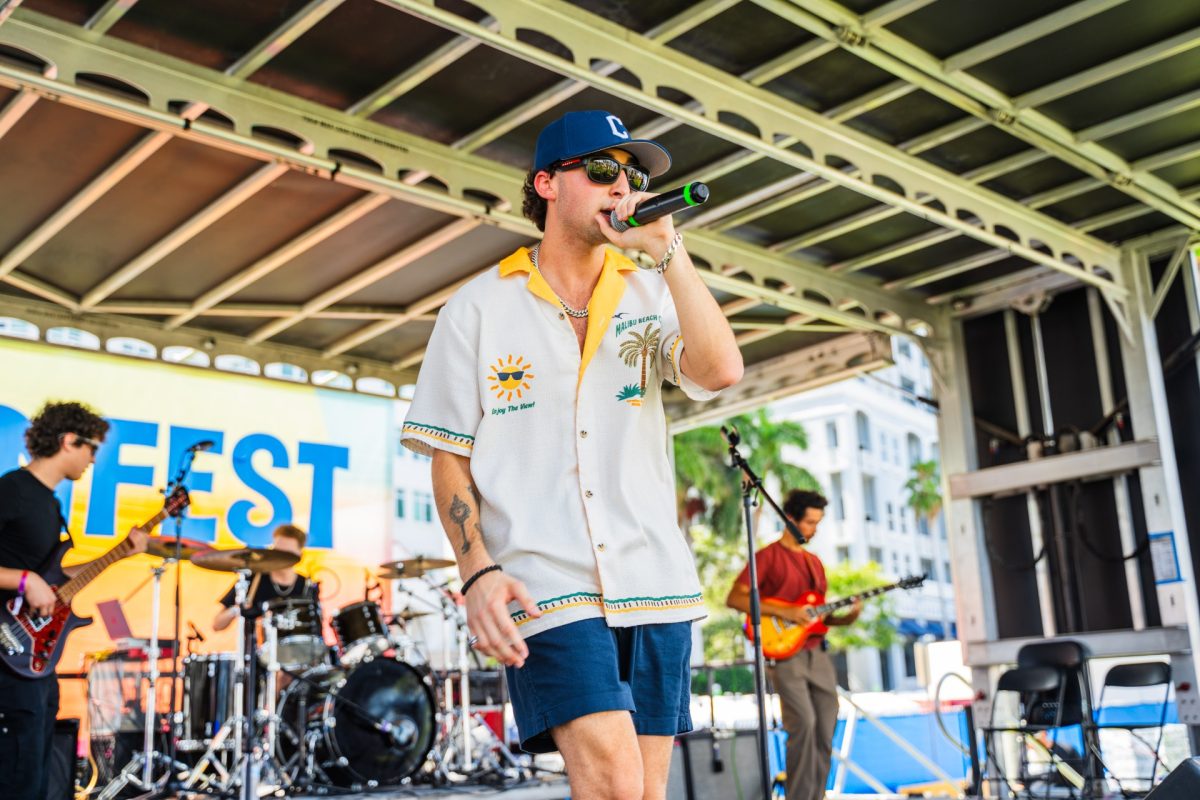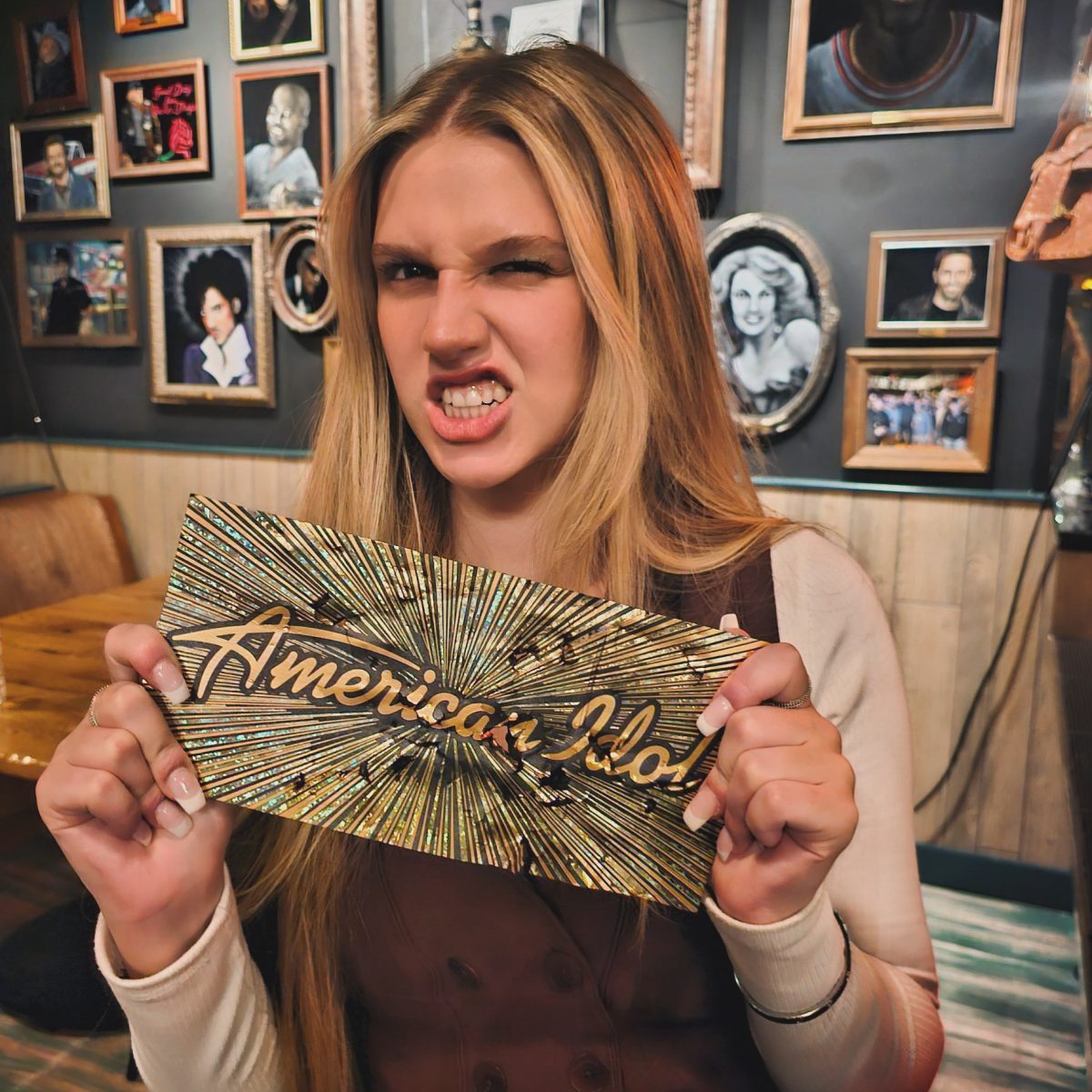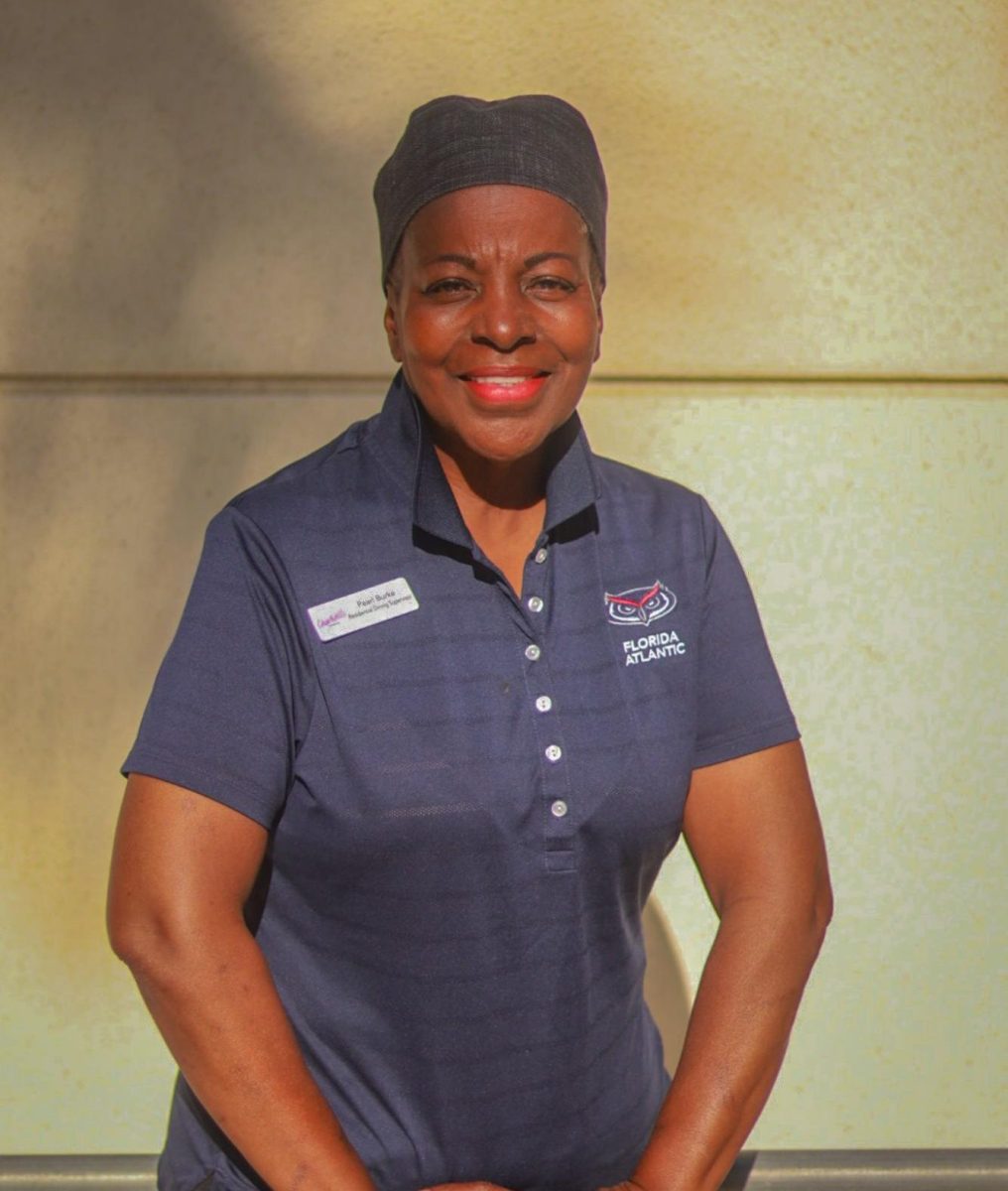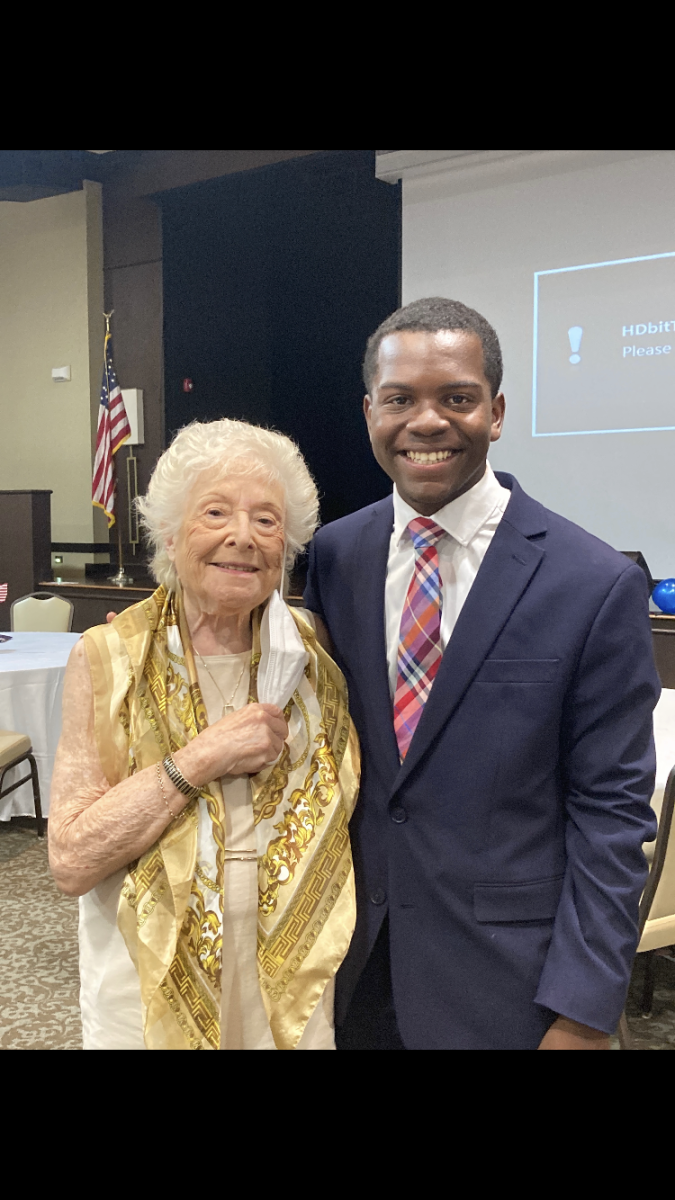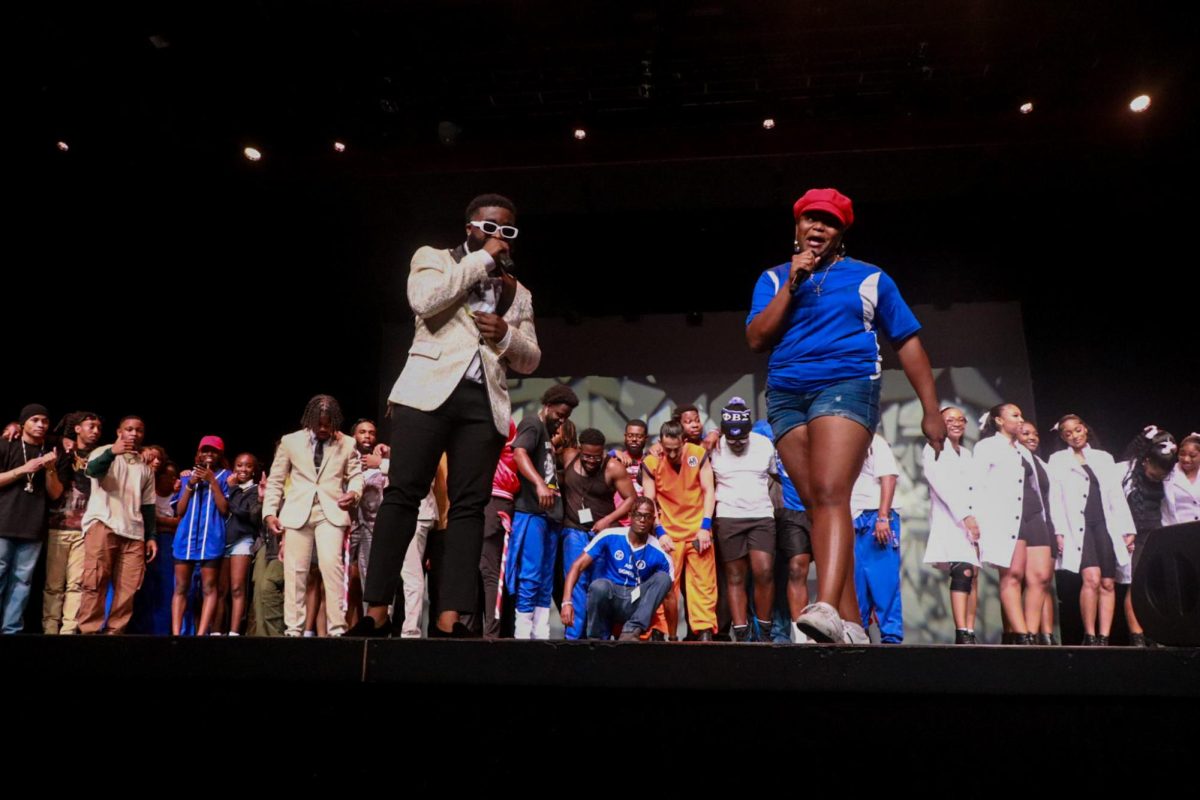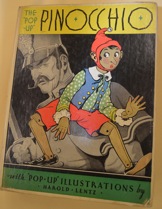
The Pop-up Book of Sex is 12 pages long. It weighs two pounds and covers subjects like the missionary position, the mile-high club and sex in the kitchen. There is an audible thwack when you flip the pages and see…the paper cutout of a feather duster hitting a paper ass.
And you can see it on the third floor of the Wimberly Library.
The Jaffe Center for Book Arts is currently showcasing its newest additions in the library — over 450 pop-up books donated last fall. The exhibit, titled “POP! Movable Books from the Arthur J. Williams Pop-Up Collection,” will be showcased until August 10. John Cutrone, the Jaffe Center’s director, sat down with the UP to talk about the books.
UP: Let’s talk about these pop-up books. What’s the deal? How’d they get here?
Cutrone: One of the long-time friends of the Center —Arthur Williams — had been collecting these books, probably for about thirty years. I think he’s just a big collector in general, and he decided he needed more room to collect other stuff. He asked if we would be interested in the pop-up books, and they certainly are within the realm of what we do here, so we were definitely interested. It takes a process of cataloguing them to the library, so this is the grand unveiling of that collection.
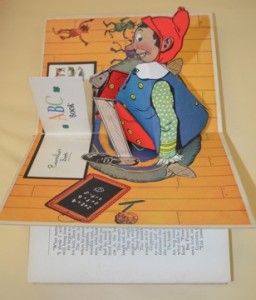
It’s kind of odd to have pop-up books in a university library…
JC: [Laughs] True, but we’re also kind of an odd part of the library. Our focus is on books made by artists, which is instead of making a print on the wall, or instead of making a painting or sculpture, it’s an artist working in the book format. The books are… they tend to be kind of odd, the ones that are here. And paper engineering, which is what we call these artists who work in these pop-ups, is part of this sometimes. They’re engineering paper to do, you know, these things have to work every time they open and close.
Have you seen those sculptures of the guy taking medical textbooks or-
JC: Yeah I think I have. There’s been a lot of things going on, across the internet lately, about interesting artworks being made out of books. There’s also been a mysterious artist in Scotland, leaving books in libraries that are basically altered books.
What’s your favorite book in this pop-up collection?
JC: I think it’s called Stairs. It’s very simple. It’s all white; there’s no text, and the artist has just sort of carved all these staircases. It’s kind of Escher-like, in a way. You know the way Escher had these staircases that would sort of just go nowhere? I like the simplicity of it. It’s in the gallery right now. There’s also a pop-up book from 1932, it’s on the second floor, off the main staircase. It’s a Pinocchio story, with four pop-ups in it, and I like it a lot because it’s an early pop-up. It’s the oldest one in the collection, and it’s nice to see that, even in 1932, there are a lot of interesting things beginning in this format.
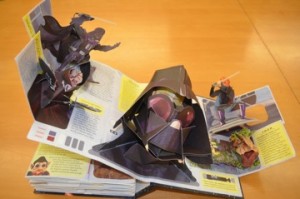
So what do pop-up books mean to you?
JC: I think, as a book artist myself, and someone who deals in the stuff I’m always talking about, I think they are often times a launching point for people to become interested in making books. I can remember I had two pop-up books from when I was a kid. One was about Mother Goose nursery rhymes, and the other was about trucks. I can distinctly remember both of them and they were pretty simple, but I think they infused an interest in me, of books. I’ve always liked to read and I always liked books, but pop-up books have a certain… I was always interested in “how did that work?” and I became more interested in the mechanics of books. I think that planted a seed in my seven-year-old head, of making books. I think pop-up books have that purpose of introducing to people new ideas of what books can be.












